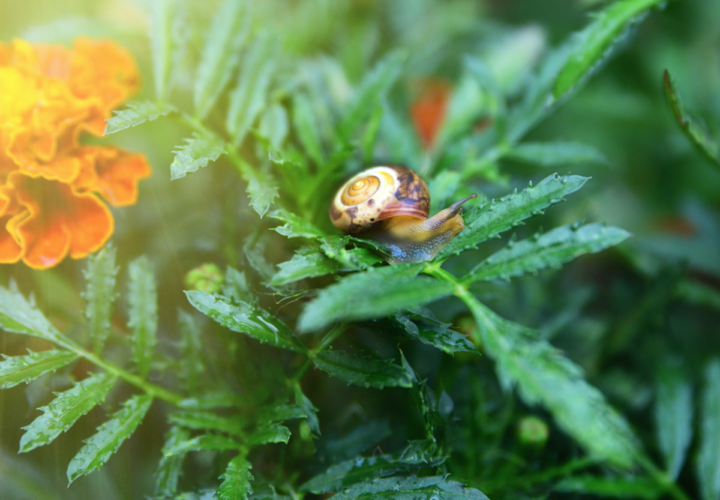Transferring memories between two beings sounds like something better left to fictional “Harry Potter” characters. But scientists at University of California, Los Angeles, have reported that they achieved it—at least, in snails.
Researchers said that by transferring RNA, a molecule best known for delivering from DNA to other chromosomes, from a trained snail, they were able to make untrained snails remember how to perform tasks. The animals were trained to respond to a small shock to the tail that caused a defensive curl reflex. At the beginning of the experiments, the tail would only curl a few seconds. But over time, scientists taught them to curl for longer, up to 50 seconds.
When they transferred the RNA of trained snails to those who had never been shocked by injecting it into their circulatory systems, they found that the new snails curled their tails for up to 40 seconds. Meanwhile, a control group still had the same response as the trained snails at the beginning of the study.
These results challenge the theory that memory is stored in the synapses of nerve cells—which could totally change the game for treatments for diseases like Alzheimer’s and Parkinson’s. What they found, the scientists wrote in their report, offers “dramatic support for the idea that memory can be stored non-synaptically.”
Scientists hope that this research would allow us to one day “modify, enhance, or depress memories.” Imagine if people with Alzheimer’s might be able to regain some of the memories they lost by getting a simple transfer of RNA.
But snails are not humans, after all. They are, however, large and easy to work with, because their nerve cells are easy to observe. And the way that their nerves transmit impulses functions similarly to mammals. Scientists have long used marine animals to study everything from blood clotting to vision to immune function. But even though the UCLA scientists are excited about the possibilities, the experiments are a long, long way off from finding their way to humans. For now, they plan to try to replicate the results in other animals.
This study was published in the journal eNeuro.
